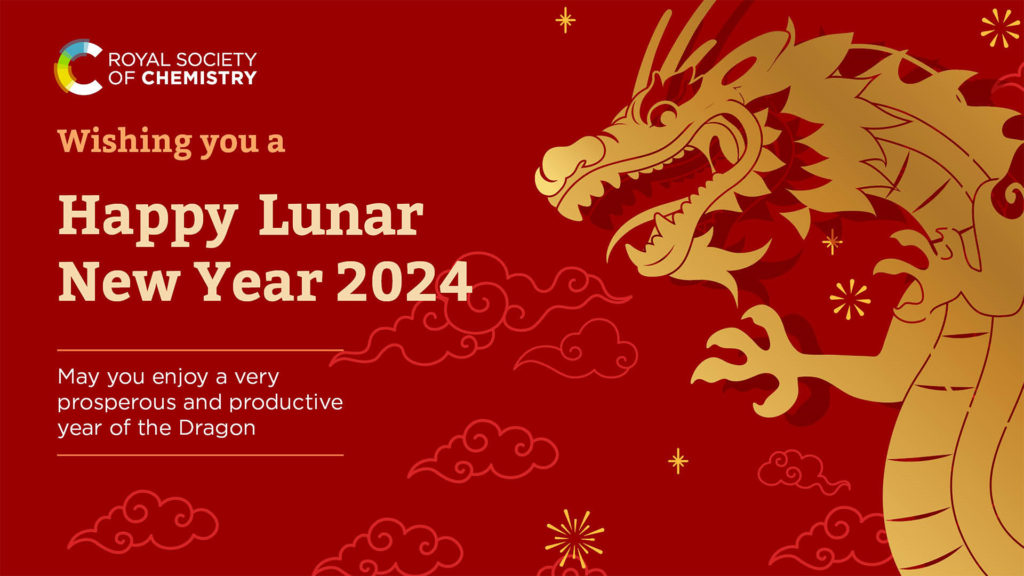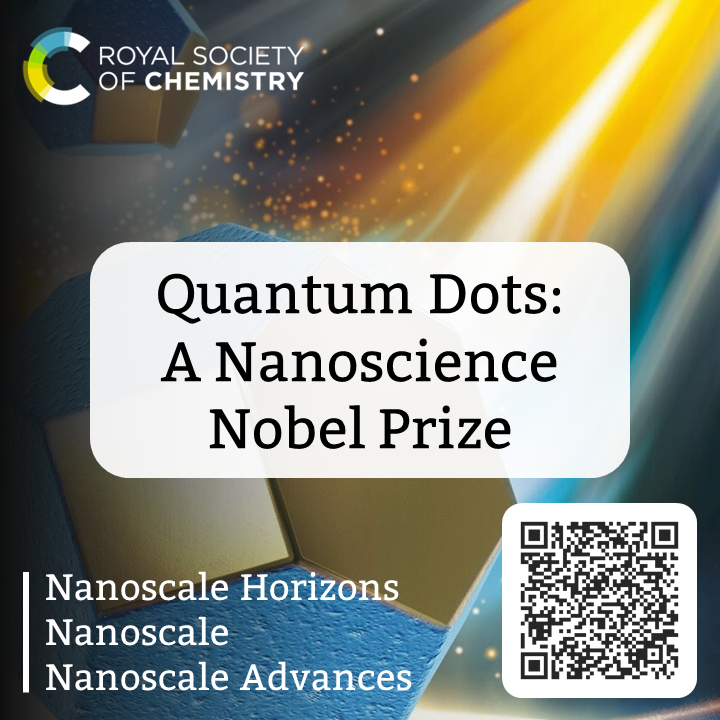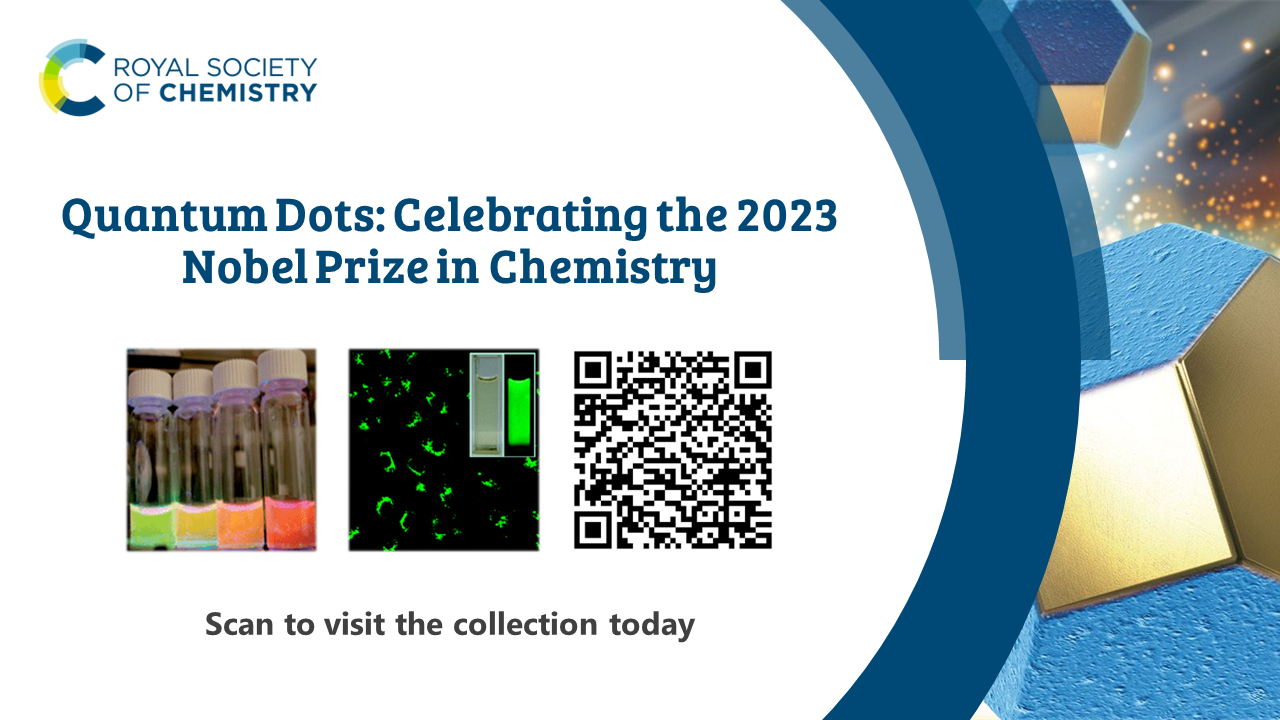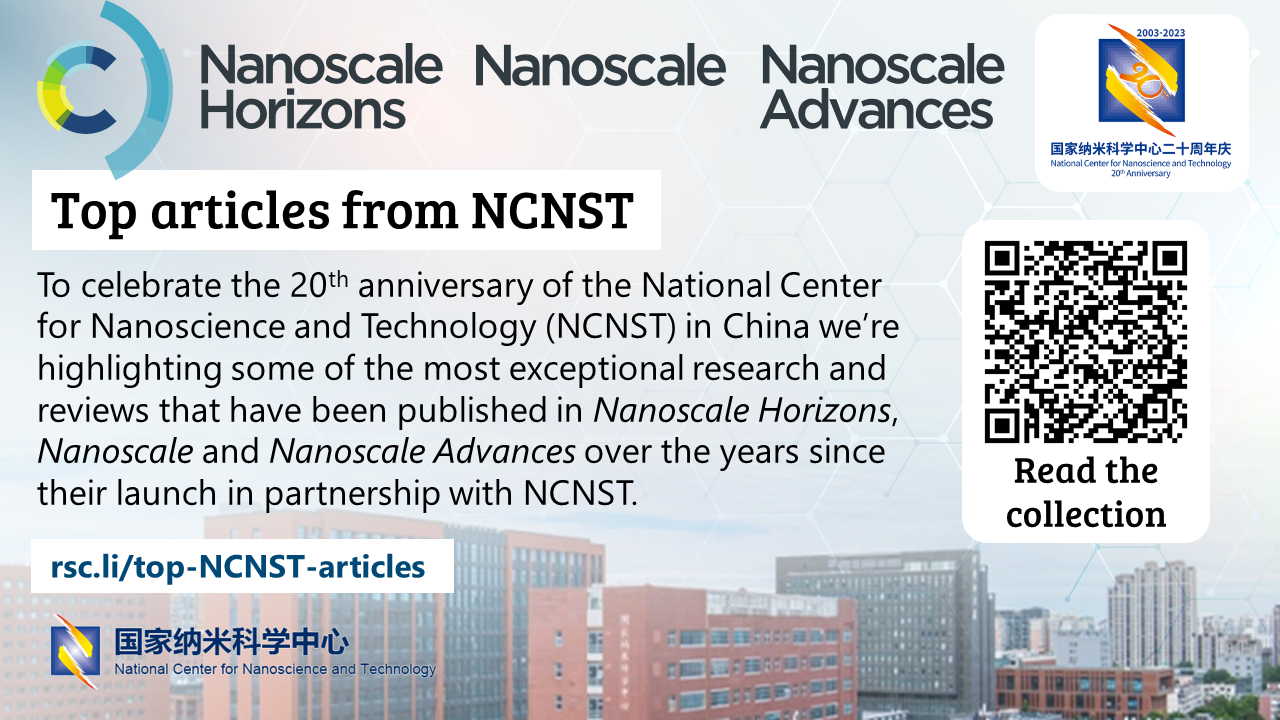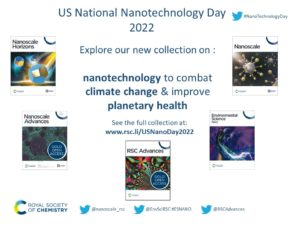Read our new Nanoscale Advances collection
In 2023, Nanoscale Advances published quality research across the breadth of nanoscience and our authors and readers in China remain a core part of the journal community.
To showcase some of the great research being carried out, we have selected some of the most popular articles from authors in China published in 2023. A small selection are highlighted below, but click the button below to read the full collection. All articles are gold open access so they are free to read.
Recent progress in flexible micro-pressure sensors for wearable health monitoring
Jianguo Hu, Guanhua Dun, Xiangshun Geng, Jing Chen, Xiaoming Wu and Tian-Ling Ren
Nanoscale Adv., 2023, 5, 3131-3145
Han Liu, Fumin Zhang, Xinyu Lin, Jinggao Wu and Jing Huang
Nanoscale Adv., 2023, 5, 786-795
Regulating the thickness of nanofiltration membranes for efficient water purification
Ke Tang, LinSheng Zhu, Piao Lan, YunQiang Chen, Zhou Chen, Yihong Lan and WeiGuang Lan
Nanoscale Adv., 2023, 5, 4770-4781
Nanoscale Advances is pleased to have prominent members of the nanoscience community in China acting as Editorial Board Members:
- Chunli Bai (Institute of Chemistry, Chinese Academy of Sciences)
- Yue Zhang (University of Science and Technology Beijing)
- Qing Dai (National Center for Nanoscience and Technology of China)
- Quan Li (The Chinese University of Hong Kong)
- Jinlan Wang (Southeast University)
- Manzhou Zhu (Anhui University)
The Royal Society of Chemistry has arranged Read and Publish agreements with a number of institutes in China. As part of these agreements you may be entitled to publish your research gold open access at no cost or with a discount. Get in touch to find out more and find out if your institute is covered here.
Wishing you all the best for the upcoming Year of the Dragon!












